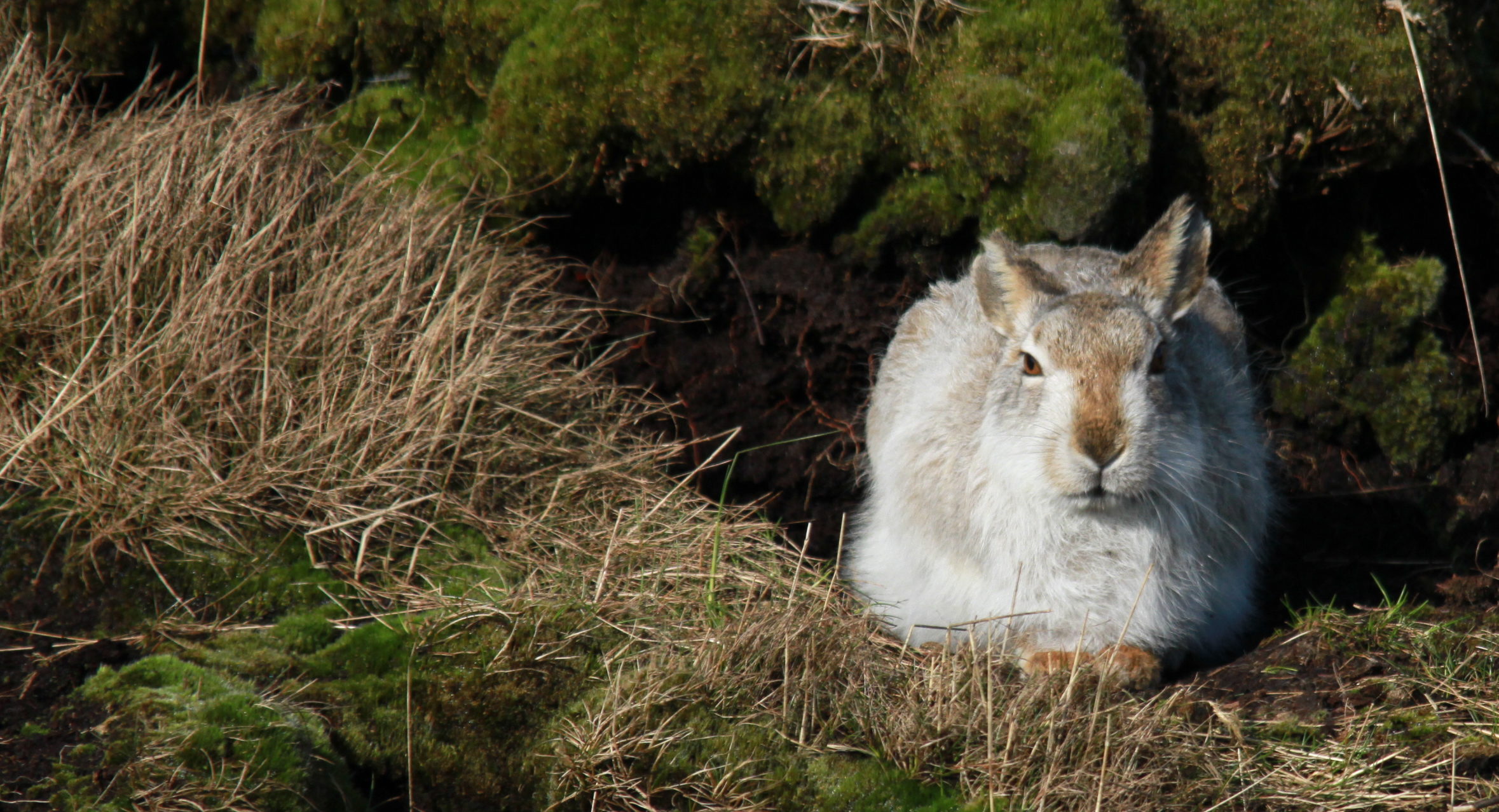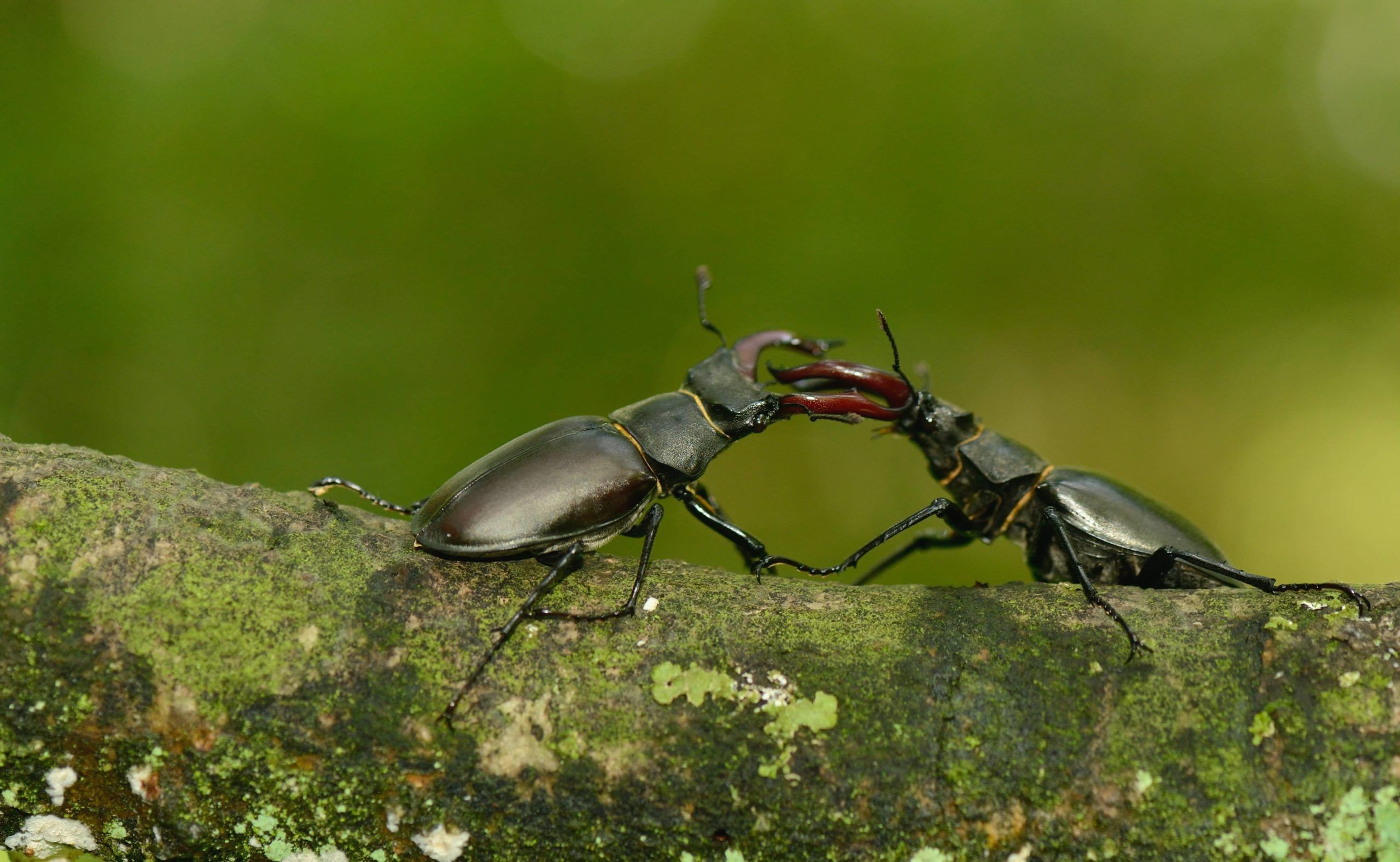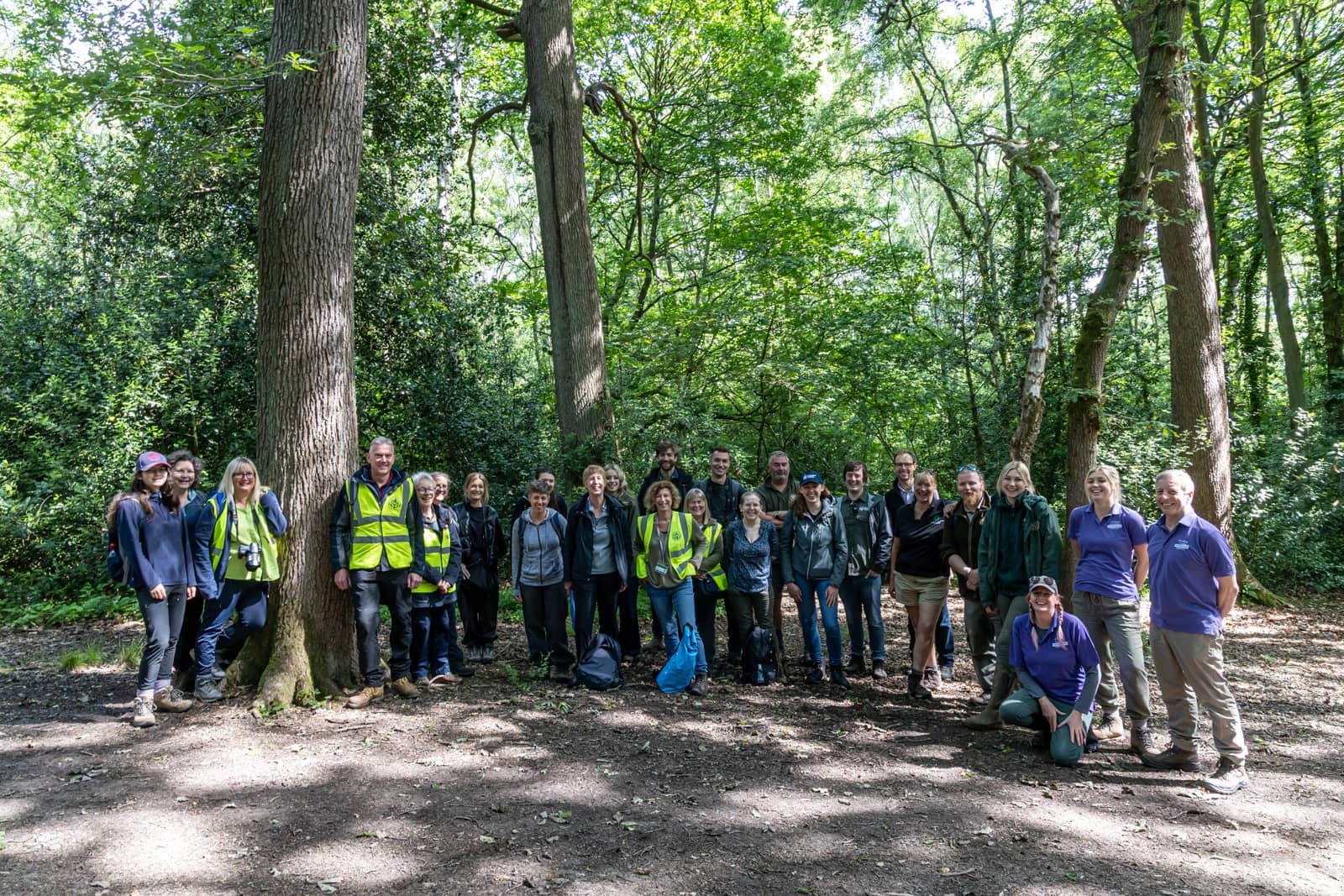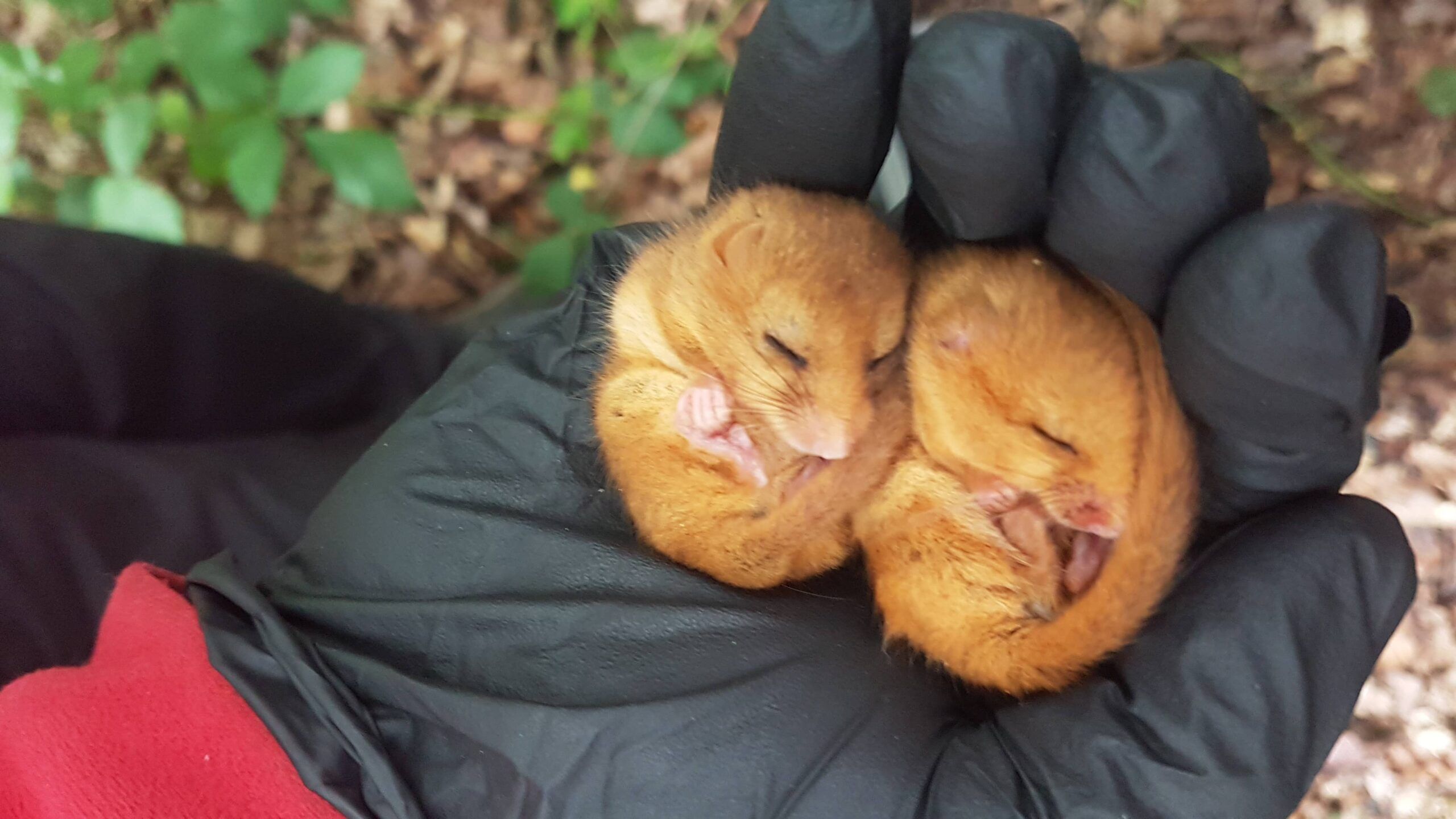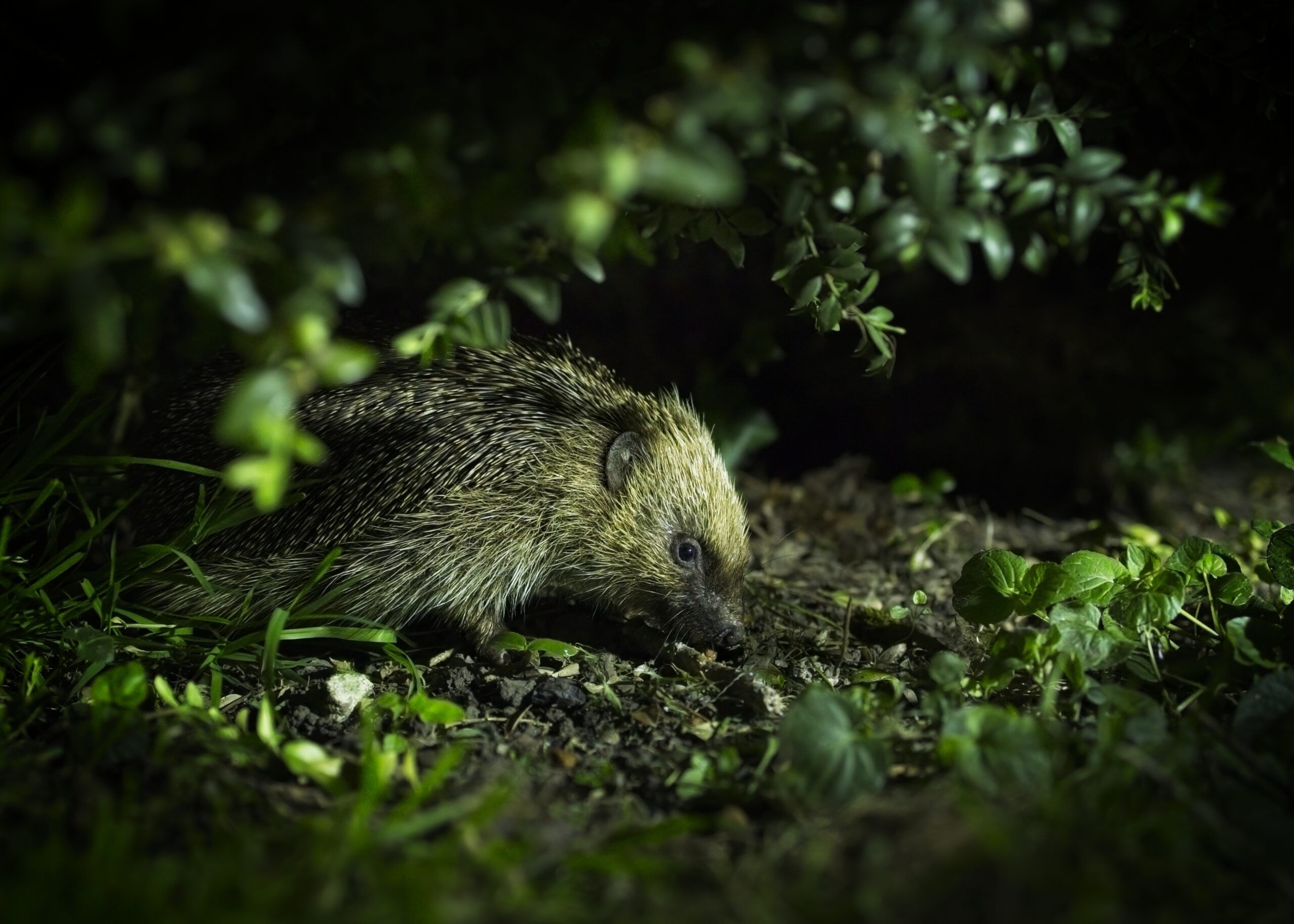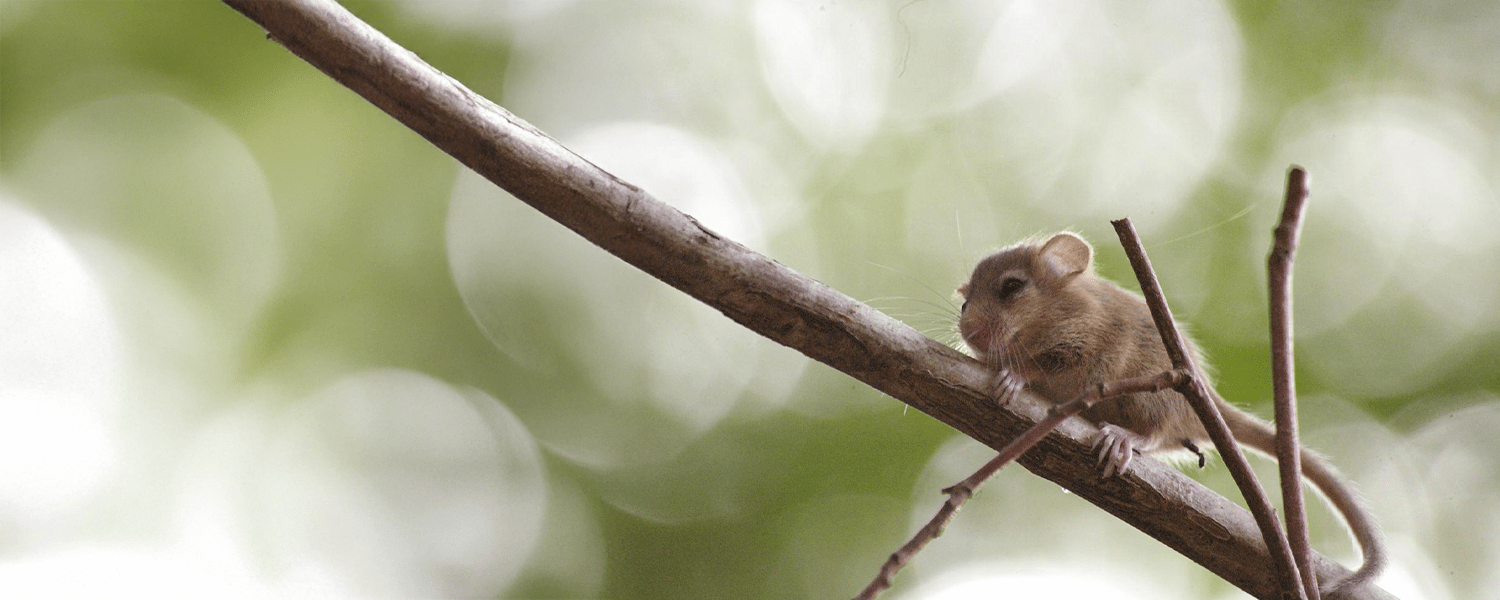Search by topic
You and I are monkeys. Unusual monkeys, it should be said, and better described (among taxonomists) as apes, but, like all simians, we sit on a branch of the mammal …
Read article...Over 25 years of citizen science data provide exceptional resource for flagship species Data from a long-running citizen science survey is being used in the first ever national analysis of …
Read article...Jen Bousfield has been monitoring dormice in five woodlands in Devon since 2010. Earlier this year she had a close encounter with a dormouse that she wasn’t expecting: One evening …
Read article...PTES staff, volunteers, and conservation partners unite to restore a cherished native species in Leicestershire In March 2025, excitement rippled through the Bradgate Park Trust volunteer team. A new species …
Read article...People’s Trust for Endangered Species (PTES) and NatureSpace are collaborating to develop survey methodology and protocol to produce a more robust map of dormouse presence and distribution within a county. …
Read article...Simply create a wild patch, record its location online and encourage much-needed natural insect prey and nesting materials for native hedgehogs This July, gardeners, families and individuals are being urged …
Read article...The British public is being asked to keep an eye out for spectacular stag beetles this summer and record any sightings online, as part of a wildlife charity’s national Great …
Read article...Outside your window, there are some ferocious predators: from insects to insectivores, and caterpillars to cats, fierce carnivores prowl around every corner. A lot of wild mammals, although not strictly …
Read article...Returning dormice to Leicestershire This week, we’ve reintroduced over 20 rare hazel dormice into a secret woodland location in Leicestershire, creating the county’s only known population of the tiny mammals. …
Read article...Landmark conservation effort aims to restore rare hazel dormice, classified as ‘Vulnerable’ on the IUCN Red List for Britain’s Mammals, to combat the national decline of 70% since 2000 This …
Read article...2025 marks a decade of the National Water Vole Monitoring Programme (NWVMP) – a huge milestone for the UK’s largest citizen science survey dedicated to water voles. Over the past …
Read article...Many species that are habitat specialists – organisms that rely on specific environments or food sources – are declining in what is becoming a worrying trend. One such specialist facing …
Read article...Press and media
For all media enquiries please contact Jane Bevan or Adela Cragg at Firebird Public Relations on 01235 835297 or email ac@firebirdpr.co.uk.

